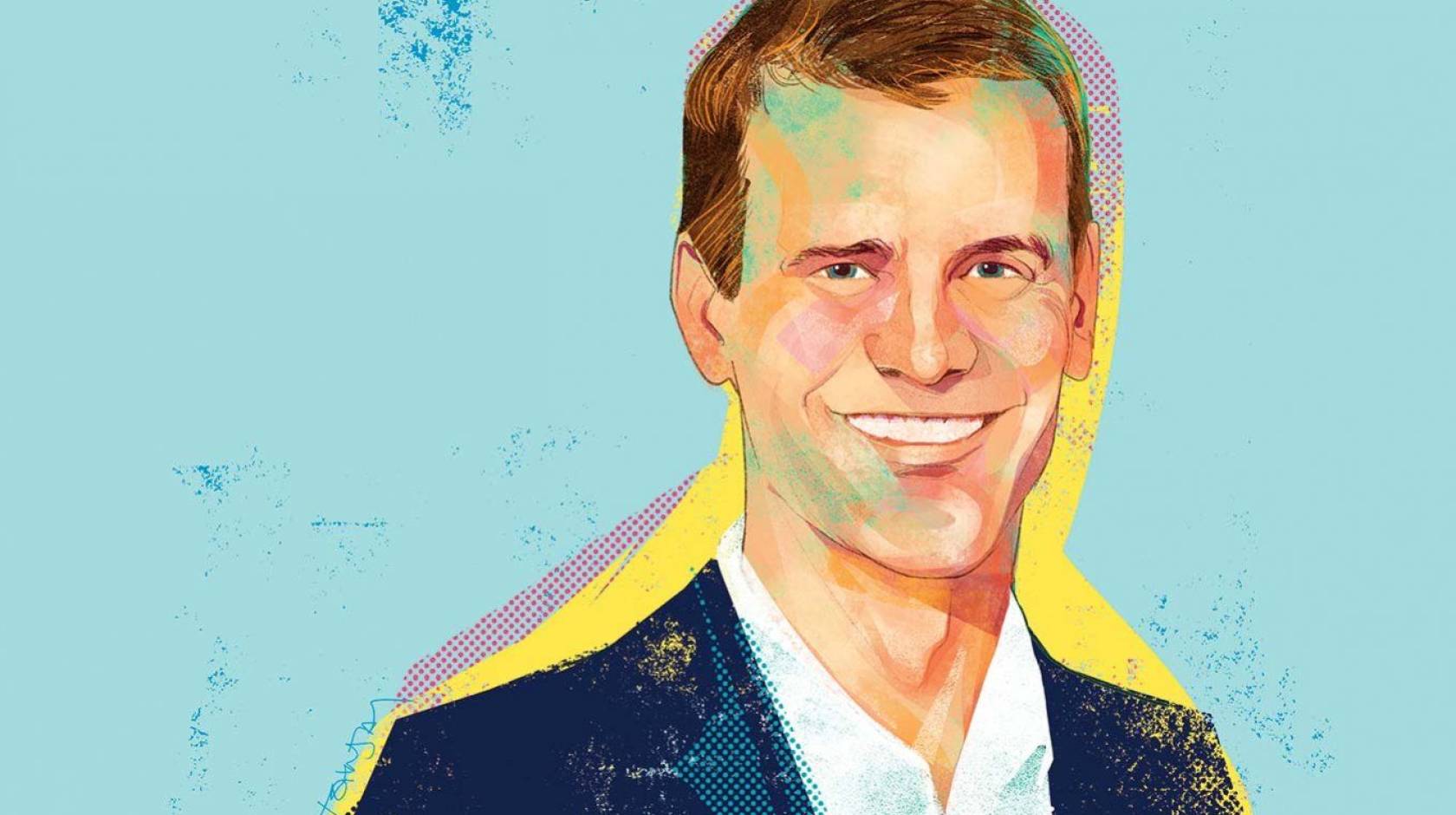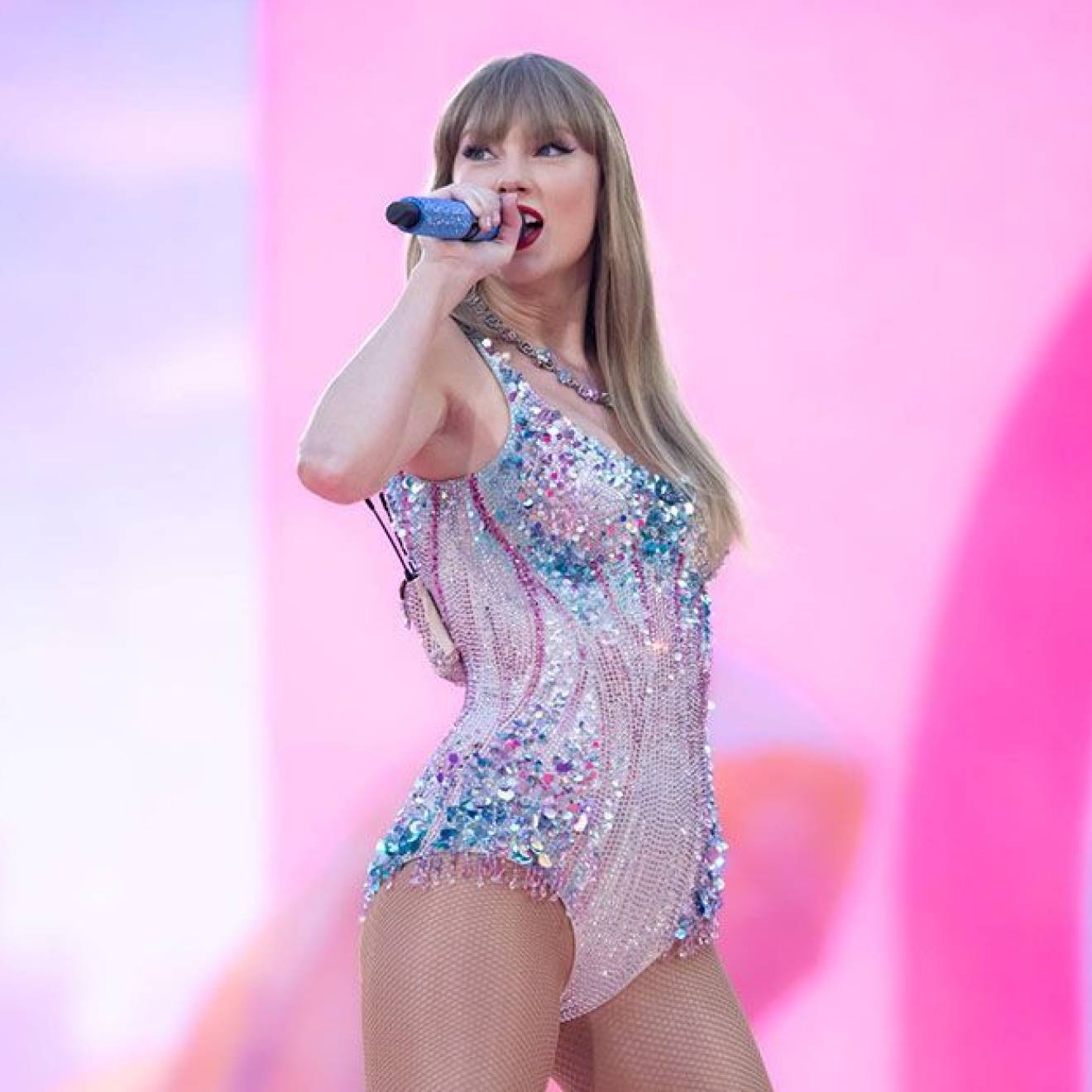Katherine Conrad, UC San Francisco Magazine

It took a team of Moderna biologists exactly one hour over a weekend in January 2020 to design an extraordinarily effective vaccine against a deadly virus about to bring the world to its knees.
COVID-19 was still two months shy of being declared a global pandemic, but Stephen Hoge (UCSF '03), president of the biotech firm, had heard about a pneumonia-like virus sickening people in Wuhan, China. He and his company were eager to test Moderna’s vaccine technology, employing messenger RNA (mRNA), against the novel pathogen.
Using the SARS-CoV-2 virus’s genetic sequence, which had been publicly released just days earlier by Chinese scientist Yong-Zhen Zhang, PhD, Hoge and his team inserted two mutations from MERS (the Middle East Respiratory Syndrome, caused by a cousin of SARS-CoV-2), into the novel coronavirus’s sequence. This created a tiny piece of SARS-CoV-2’s spike protein to alert the immune system to kill any invading viruses armed with that protein.
“We did it in an hour, and it worked brilliantly,” says Hoge, who joined Moderna as head of drug invention in 2012 and was named president in 2015.
The speed with which Moderna whipped up the vaccine belies the decades of experimentation and painstaking research that led to that moment – a fact Hoge is well aware of.
“Science is a collective effort with different groups playing different roles at different times,” he says. “Basic mRNA research was happening in academia 15, 20 years ago at the University of Pennsylvania with Katalin Karikó. When it was introduced, most thought it would never amount to anything because it was too difficult to work with. But that early research was insightful for us.”
A passion for curiosity, a passion for the ‘why’ question, a passion for the public health mission. I’ve never seen it come together in quite the same way anywhere else as it does at UCSF. Weaving those threads together is something that I’ve thought about through the last year.
Indeed. Moderna, now a juggernaut of the biotech industry, was founded in 2010 to prove that mRNA could deliver a new way to make medicines and possibly vaccines. The company spent a decade and a couple of billion dollars perfecting the mRNA biological process and fixing the way mRNA-based medicines enter the body’s cells, using lipid nanoparticles – a sort of soap bubble – to stabilize the mRNA.
“It all came together on January 13, 2020,” Hoge recalls. “But it was not accomplished in that hour. It was accomplished over the two to three decades of work leading up to that moment, not only at Moderna but across the scientific community. You want to be circumspect as a scientist or clinician and recognize that you’re just running your leg of the race.”
Still, Moderna’s “leg” is a significant victory for the human race. Hoge says he will never forget his reaction when the U.S. Food and Drug Administration (FDA) announced in mid-November that Moderna’s vaccine was 94% effective against the virus and 100% effective against severe disease and death.
“It was the most intense feeling of relief that I had ever felt,” he recalls. “It was this wave of hope and the relief that goes with hope. Then I got back to work, because it wasn’t done.”
Not even close. Hoge says he still feels like he spends “almost every hour of every day, every day of the week, including weekends” working to ensure that Moderna fulfills its obligations to help end the pandemic. “I’ve not had much time to reflect because it still feels like we’re only halfway up the mountain. None of us are safe until all of us are safe, because this virus will mutate until we control it – so this still feels very much like a grind.”
Given that the vaccine was available before 2 million people lost their lives to the virus, many have asked whether it should have been approved sooner. Hoge has fielded that question many times. First, he notes that no one knew in January 2020 whether Moderna’s vaccine was effective or even safe. Then, as the vaccine moved to clinical trials, many reasonable people, including scientists and clinicians, were concerned about the speed of the process. Hoge remembers hearing over and over: “Where’s the data? We haven’t seen everything we need to have confidence.” The more scientists questioned the process, the more Americans wondered whether to take the vaccine, creating a crisis of confidence last summer that threatened to derail the public health response.
Only now can we look back and wonder if we could have deployed the vaccines sooner and maybe saved a lot of lives, Hoge says. “But maybe nobody would have accepted it. Maybe physicians wouldn’t have recommended it. And maybe they wouldn’t have been wrong because, in truth, at that point, there was just not enough data.”
That didn’t come along until November, and the rest, as they say, is history.
Hoge calls the story of Moderna’s vaccine development an illustration of what is best about American culture, namely its embrace of entrepreneurship. “Entrepreneurs like to take risks to push in new directions,” he notes. “In biotech, we often build upon research coming out of academia and try to translate it into something that impacts human health.”
What is often forgotten by free market moguls, however, is the crucial role played by strong regulatory institutions like the FDA and National Institutes of Health, which provide independent, scientific oversight and were essential to the development of Moderna’s vaccine, Hoge notes.
“That’s what gives everyone confidence to take big steps like vaccinating tens of millions of people,” he says, noting the skepticism plaguing vaccines developed in countries like Russia and China – countries that don’t have strong regulatory agencies or public review processes. “There’s confidence here because of the rigor, transparency, and independence of the process.”
It’s been almost two decades since Hoge walked the hallways of Parnassus, the VA medical center, and Zuckerberg San Francisco General Hospital while earning his MD. But those years at UCSF taught him that public health, patient care, and innovative scientific research could coexist in the same space and time. That lesson shaped his career and is helping him shape Moderna.
“UCSF is an incredibly special institution. When I was there, I saw that intersection of public health, basic science, and clinical practice,” he says. “I try to build on that at Moderna – understanding how basic science can be used to make everyone’s lives better. I’m very much a product of the UCSF community in that way.”

